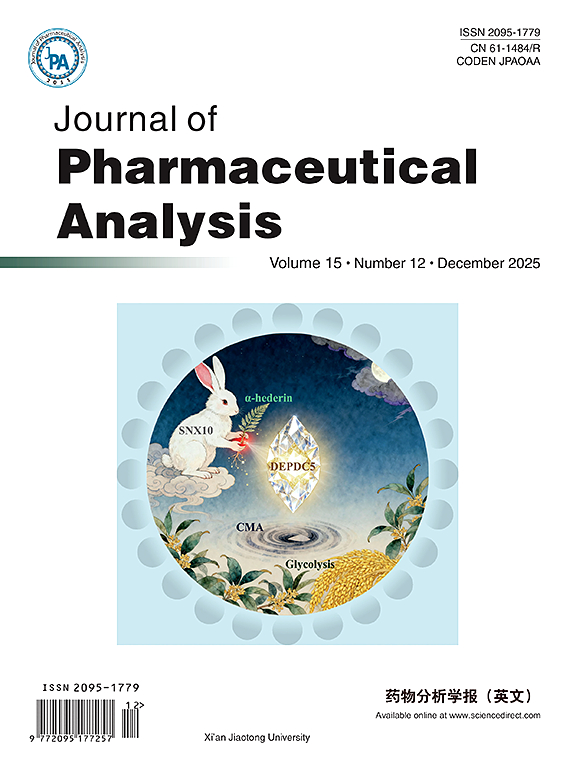2020 Vol. 10, No. 5
Display Method:
2020, 10(5): 前插1-前插2.
Abstract:
2020, 10(5): 397-413.
Abstract:
2020, 10(5): 414-425.
Abstract:
2020, 10(5): 426-433.
Abstract:
2020, 10(5): 434-443.
Abstract:
2020, 10(5): 444-451.
Abstract:
2020, 10(5): 452-465.
Abstract:
2020, 10(5): 466-472.
Abstract:
2020, 10(5): 473-481.
Abstract:
2020, 10(5): 482-489.
Abstract:
2020, 10(5): 490-497.
Abstract:



